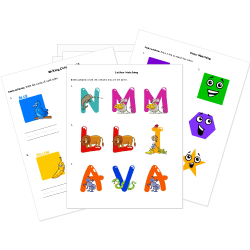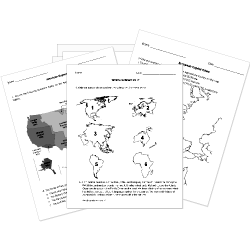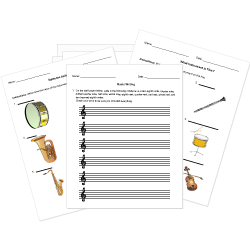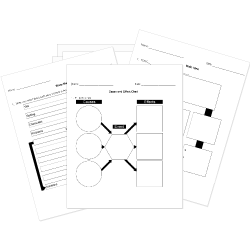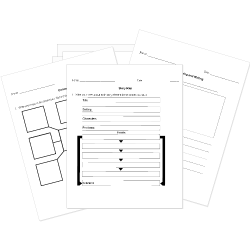Properties of Waves
Properties of Waves
This lesson aligns with Next Generation Science Standards (NGSS) PS4.A
Introduction
When we throw a stone into the pond, we observe that the circular ripples form on its surface which disappear gradually. The water moves up and down, and the effect, ripple, which is seen on the surface of the water, looks like an outwardly moving wave.
Waves are an intriguing phenomenon that surrounds us in our everyday lives. From the ripples on a pond to the sound we hear and the light we see, waves play a crucial role in our understanding of the world. In this article, we will explore the properties of waves, their characteristics, and the significant role they play in various aspects of our lives.
Waves
Waves refer to the transfer of energy through a medium without any actual transfer of matter. In simpler terms, they are disturbances that travel through space and time.
Let us perform an activity to observe how waves are formed. Take a piece of string and tie one end of the string to the wall. Hold the other end of the string in one hand and stand at some distance from the wall so that the string is almost straight but is not pulled tight. Now, move the string up and down quickly to create a wave. Repeat this step again and again, this is what wave looks like.

Waves can take many forms, including mechanical waves, electromagnetic waves, and transverse waves. However, all waves share common properties.
Properties of Waves
A wave can be characterized by different properties which are associated with it. Properties of waves include amplitude, wavelength, time period, frequency, and speed.
Amplitude
Amplitude refers to the maximum displacement of particles in a medium from their rest position when a wave passes through. In simpler terms, it measures the height or intensity of a wave. Greater amplitude corresponds to a more energetic wave.

Crest
A crest is a point on a wave where the displacement of the wave is maximum as shown in the figure.
Trough
A trough is a point in a cycle where the displacement of the wave is minimum as shown in the figure below.

Wavelength
Wavelength is the distance between two successive points of a wave that are in phases, such as two crests or two troughs. It is usually represented by the Greek letter lambda (λ).

Time period
The period of a wave is the total time that a wave takes to complete one cycle. As the period is a time, that’s why it is measured in units of time such as seconds or minutes.
Frequency
Frequency represents the number of complete wave cycles passing a given point in one second and is measured in hertz (Hz). It is inversely proportional to the wavelength. Higher frequency waves have shorter wavelengths and vice versa. Frequency determines the pitch of sound.
Wave Speed
The speed of a wave is determined by the medium through which it travels. It represents the rate at which a wave moves through in a given time period. In other words, the speed of a wave refers to the distance traveled by a given point in a given interval of time.
The speed of a wave depends on the medium in which the wave travels. For instance, the wave speed of sound in air is about 340 m/s, but the wave speed of sound in steel is about 5,200 m/s.
The speed of a wave can be calculated by multiplying the wavelength by the frequency.
Speed = wavelength × frequency
Summary
- Waves refer to the transfer of energy through a medium without any actual transfer of matter. Whether it is the sound we hear, the light we see, or even the radio waves that transmit information.
- The characteristics of waves include amplitude, wavelength, time period, frequency, and speed.
- The maximum displacement of particles in a medium from their rest position is known as the amplitude of the wave.
- Wavelength describes as the distance between two successive crests or troughs when a wave passes through.
- The speed of a wave represents the rate at which a wave moves in a given interval of time.
Related Worksheets:






